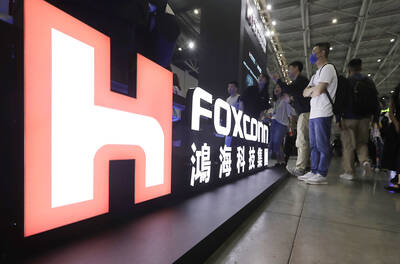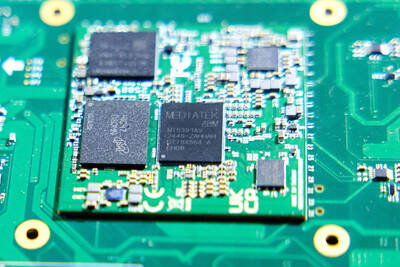Many of the world’s largest Internet companies, such as Google and Facebook Inc, rely heavily on advertising to finance their online empires.
However, that business model is increasingly coming under threat, with one in five smartphone users, or almost 420 million people worldwide, blocking ads when browsing the Web on cellphones.
That represents a 90 percent annual increase, according to a new report from PageFair Ltd, a start-up that helps to recoup some of this lost advertising revenue, and Priori Data GmbH, a company that tracks smartphone applications.
The use of ad-blocking software has divided the online world.
Supporters say it allows people to get better access to content without having to suffer through abrasive ads.
Opponents, particularly companies that rely on advertising, say blocking ads violates the implicit contract that people agree to when viewing online material, much of which is paid for by digital advertising.
However, mobile ad blockers have become particularly widespread in emerging markets, where people are more reliant on their smartphones to use the Internet.
To date, 36 percent of smartphone users in the Asia-Pacific region have so-called ad-blocking browsers on their mobile devices, allowing them to remove online ads when they use the Internet.
In India and Indonesia — two of the world’s fastest-growing Internet markets — that figure is almost two-thirds of smartphone users, according to the report.
“We found the results surprising, because in the West we don’t often consider what’s going on in developing countries,” PageFair CEO Sean Blanchfield said. “It’s only a matter of time until mobile ad blocking comes to the West.”
Priori Data CEO Patrick Kane said greater use of the software in emerging markets was driven by attempts to minimize spending on mobile data. Ad blockers help conserve data and make Web sites load faster by not downloading ads on people’s smartphones.
While mobile ad blocking is mostly an emerging market phenomenon now, it is costing the global advertising industry billions of US dollars per year in lost revenue.
However, as people in Western markets increasingly rely on smartphones to reach the Internet, the use of mobile ad blocking is expected to rise.
“It’s already used by hundreds of millions of people,” Blanchfield said. “You can’t put the cat back in the bag.”

On Ireland’s blustery western seaboard, researchers are gleefully flying giant kites — not for fun, but in the hope of generating renewable electricity and sparking a “revolution” in wind energy. “We use a kite to capture the wind and a generator at the bottom of it that captures the power,” said Padraic Doherty of Kitepower, the Dutch firm behind the venture. At its test site in operation since September 2023 near the small town of Bangor Erris, the team transports the vast 60-square-meter kite from a hangar across the lunar-like bogland to a generator. The kite is then attached by a

Foxconn Technology Co (鴻準精密), a metal casing supplier owned by Hon Hai Precision Industry Co (鴻海精密), yesterday announced plans to invest US$1 billion in the US over the next decade as part of its business transformation strategy. The Apple Inc supplier said in a statement that its board approved the investment on Thursday, as part of a transformation strategy focused on precision mold development, smart manufacturing, robotics and advanced automation. The strategy would have a strong emphasis on artificial intelligence (AI), the company added. The company said it aims to build a flexible, intelligent production ecosystem to boost competitiveness and sustainability. Foxconn

Leading Taiwanese bicycle brands Giant Manufacturing Co (巨大機械) and Merida Industry Co (美利達工業) on Sunday said that they have adopted measures to mitigate the impact of the tariff policies of US President Donald Trump’s administration. The US announced at the beginning of this month that it would impose a 20 percent tariff on imported goods made in Taiwan, effective on Thursday last week. The tariff would be added to other pre-existing most-favored-nation duties and industry-specific trade remedy levy, which would bring the overall tariff on Taiwan-made bicycles to between 25.5 percent and 31 percent. However, Giant did not seem too perturbed by the

TARIFF CONCERNS: Semiconductor suppliers are tempering expectations for the traditionally strong third quarter, citing US tariff uncertainty and a stronger NT dollar Several Taiwanese semiconductor suppliers are taking a cautious view of the third quarter — typically a peak season for the industry — citing uncertainty over US tariffs and the stronger New Taiwan dollar. Smartphone chip designer MediaTek Inc (聯發科技) said that customers accelerated orders in the first half of the year to avoid potential tariffs threatened by US President Donald Trump’s administration. As a result, it anticipates weaker-than-usual peak-season demand in the third quarter. The US tariff plan, announced on April 2, initially proposed a 32 percent duty on Taiwanese goods. Its implementation was postponed by 90 days to July 9, then